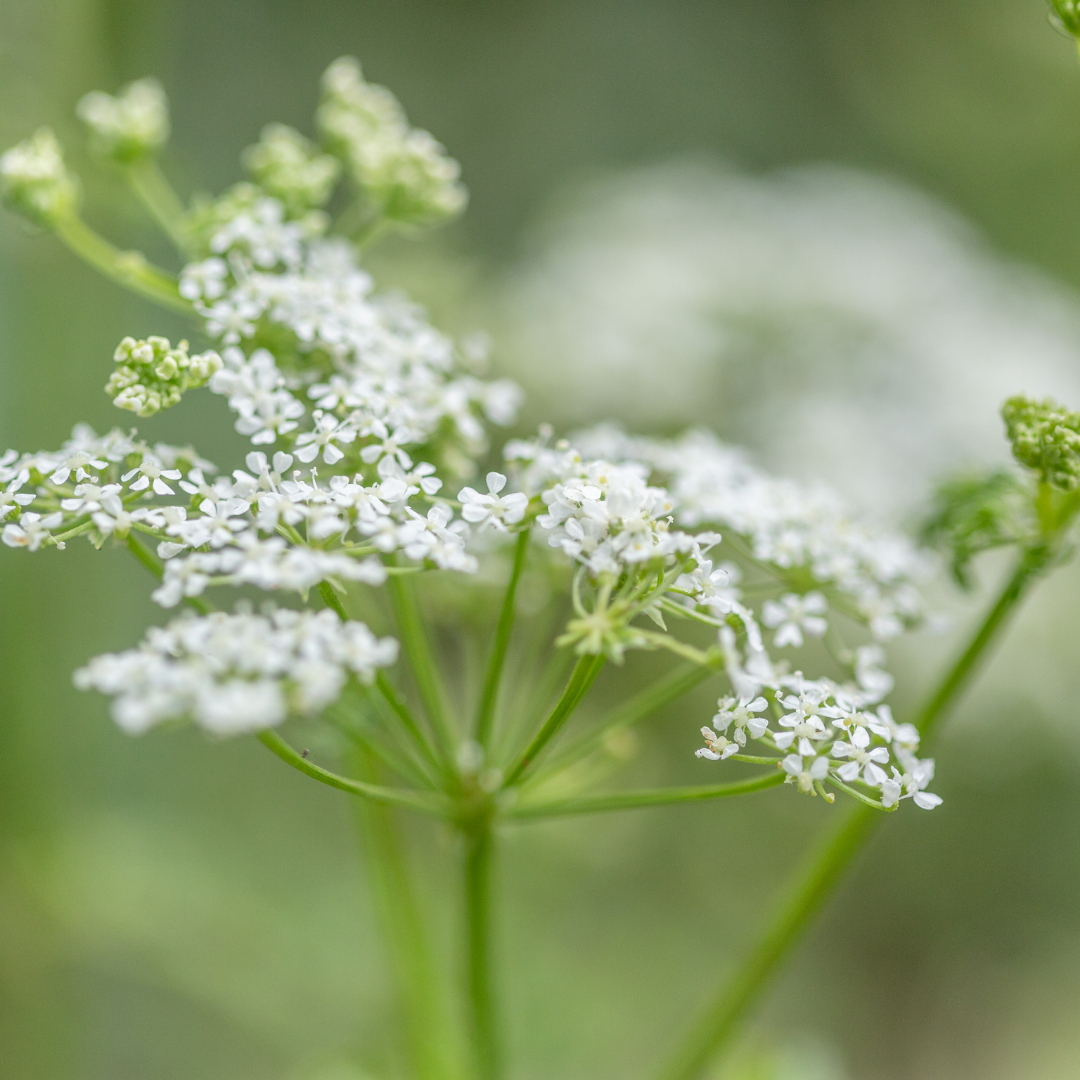Natural Dye Safety
Natural does not always equal safe.
Chemicals can be natural or synthetically derived. A chemical is just a form of matter having constant chemical composition and characteristic properties. So, for example, water is a naturally occurring chemical, because it has constant chemical composition (H2O - 2 hydrogen atoms for every 1 oxygen atom) and has characteristic properties.
Here are a few guidelines to help you keep yourself, and our planet, safe as a natural dyer.
Good Dye Studio Practice
Always use separate equipment from any you would use to prepare food.
Do not eat or drink in your dye area. Wash your hands after dyeing and before doing anything else.
Work in a well ventilated space. Some fumes can be respiratory irritants/toxins.
Wear a mask when measuring/mixing powdered dyes, mordants, assists, etc. to avoid inhaling airborne particulates.
Use impermeable gloves. Some substances can be absorbed through skin, others can’t. Learn the difference.
MSDS (Material Safety Data Sheets) - sometimes just SDS
What are they?
They are produced globally by chemical manufacturer for their products.
Natural dye suppliers selling things like mordants, assists, modifiers, should have MSDS for each relevant product, provided by the original manufacturer, and should provide one to you on request. If a supplier can’t or won’t, reconsider purchasing from a supplier that doesn’t prioritize your right to know about the safety of their products.
You can also find them online yourself (see below).
Where can I find them?
You can do a simple online search as follows: “<name of chemical> SDS (or MSDS)”. Double check your spelling (one letter difference in the name can be the difference between a non-toxic and a toxic chemical).
So, for example, searching for “potassium aluminum sulfate MSDS” provides links to the MSDS produced by various manufacturers (https://www.google.com/search?client=safari&rls=en&q=potassium+aluminum+sulfate+MSDS&ie=UTF-8&oe=UTF-8).
MSDS are written for individual chemicals/chemical compounds. Therefore, you won’t find one for an entire dye (e.g. Logwood), since the plant material contains hundred of different compounds. But once you learn to identify principal compounds (search: “what is the dye compound in <scientific name of dye source>”), you can search for an MSDS.
Proper Species Identification
Deadly Poison Hemlock, or the dye plant Queen Anne’s Lace?
Never harvest a plant, moss, lichen, fungi, etc. that you have not already properly identified first. Many safe plants have deadly lookalikes. Learn the difference.
Invest in a good identification book with clear photos and descriptions.
There are many identification groups on Facebook, for different kingdoms (plants, fungi, etc.). Some are global in scope, but there are also many regional identification groups. Consider joining one for your area. These groups are also often excellent sources of recommendations from members of the best identification books for your region. Local naturalist societies/groups are also usually excellent sources of information.
If you have a naturalist society in your area, consider joining it. They often have guided forays, and post helpful identification information on their site, social media, etc.
There is debate about the accuracy of phone ID apps. Use them with caution.
Some of the deadliest substances in the world are produced by Nature, and some can be fatal or produce third degree burns just from touching them. For this reason, and also to ensure you never harvest something that is ecologically threatened, learn to accurately identify before harvesting.
Ecological Health
“There is no such thing as ‘away’. When we throw anything away it must go somewhere.”
Something may be non-toxic to human health, yet deadly to other life forms. Often natural dye suppliers, bloggers, etc. will state that something is not toxic, when what they more narrowly mean - but don't articulate - is that it’s not known to be toxic to humans.
When you dispose of any mordant, modifier or dye bath, you are exposing soil and aquatic life to everything in your bath.
Research the environmental impact of your materials, and take full responsibility for their cradle to grave impacts. It all comes back to us, one way or another - through the quality of our water and food supplies, the air we breathe, and the overall integrity of our biosphere.
Very Few Are Actual Experts
Lastly, sometimes it’s hard to find and interpret complex scientific information online, and assumptions can be dangerous. For example, just because a chemical is hazardous in a purified form, doesn’t necessarily mean it’s hazardous when complexed with other substances inside plant material. Also, being able to look something up online has never yet made anyone an expert on anything.
Joining a group like the Natural Dye Education Facebook Group can be very helpful. Its membership includes scientists, science educators, and other natural dyers with real expertise. When in doubt, start a conversation in the group and seek the advice of those who have put the years into earning relevant qualifications.



